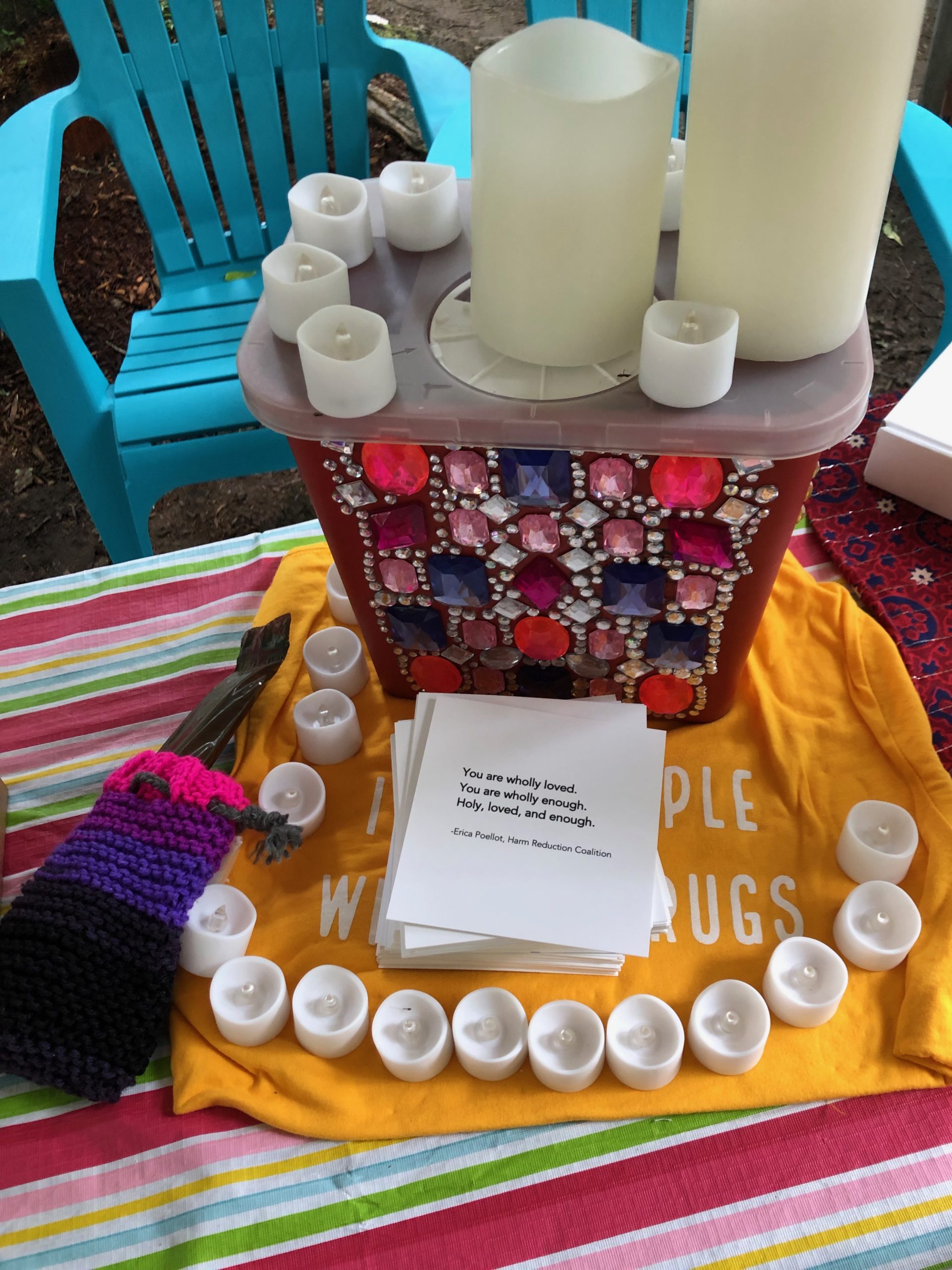This page will cover some basics terms and definitions as related to Opioids and the Overdose Crisis.
Opioids are a class of drugs used to reduce pain. Opioids include some prescription pain medications, synthetic(made in a lab) fentanyl and heroin. All opioids have a similar effect on the brain, they reduce the intensity of pain signals reaching the brain and affect the brain areas controlling emotion and breathing. Depending on how much you take and how you take them, if your body has more opioids than it can handle, there can be serious risks and side effects. Examples of Opioids: Morphine (MS Contin®)Oxycodone (Percocet®, OxyContin® Fentanyl (Duragesic®)Heroin
Naloxone (also known as Narcan®) is a prescription medicine that reverses an opioid overdose, which can be caused by prescription analgesics (e.g., Percocet, OxyContin), and heroin. Naloxone will only reverse an opioid overdose, it does not prevent deaths caused by other drugs. However, naloxone may also be effective for polysubstance overdoses such as a combined opioid and alcohol overdose. It cannot be used to get high and is not addictive. Naloxone is safe and effective; emergency medical professionals have used it for decades.
Narcan is the name brand (like Kleenex and Tissues) but they are the same medication. There are 3 main ways the medication can be given out: an intermuscular vial and syringe, nasal spray, and auto-injector.
Opioid overdoses happen when there are so many opioids or a combination of opioids and other drugs in the body that the victim is not responsive to stimulation and/or breathing is inadequate. This happens because opioids fit into specific receptors that also affect the drive to breathe. If someone can not breathe or is not breathing enough, the oxygen levels in the blood decrease and the lips and fingers turn blue- this is called cyanosis. This oxygen starvation eventually stops other vital organs like the heart, then the brain. This leads to unconsciousness, coma, and then death. Within 3-5 minutes without oxygen, brain damage starts to occur, soon followed by death. With opioid overdoses, surviving or dying wholly depends on breathing and oxygen. Fortunately, this process is rarely instantaneous; people slowly stop breathing which usually happens minutes to hours after the drug was used. While people have been “found dead with a needle in their arm,” more often there is time to intervene between when an overdose starts and before a victim dies.
Harm reduction incorporates a spectrum of strategies from safer use, to managed use to abstinence to meet drug users “where they’re at,” addressing conditions of use along with the use itself. Because harm reduction demands that interventions and policies designed to serve drug users reflect specific individual and community needs, there is no universal definition of or formula for implementing harm reduction.
A law in North Carolina that gives immunity to someone who has drug paraphernalia and a small amount of drugs from prosecution if they call 911 while someone is overdosing. It also applies to underage drinking
A law just passed by the NC General Assembly that would create a new charge equal to homicide for someone who delivers drugs to someone who overdoses and dies. The intent of the law is to be able to prosecute drug dealers, however( in other states where this law has passed) friends, and family members have been the ones who have been charged under this new law.
Syringe exchange programs distribute unused sterile syringes and provide safe disposal methods for used syringes. All syringe exchanges in North Carolina also provide connections to treatment programs, medication-assisted treatment (MAT), and other medical and social services; opioid overdose prevention resources, including naloxone and educational materials, including HIV (Human Immunodeficiency Virus) prevention and treatment, hepatitis prevention and treatment and mental health care. These services are provided free of charge.

